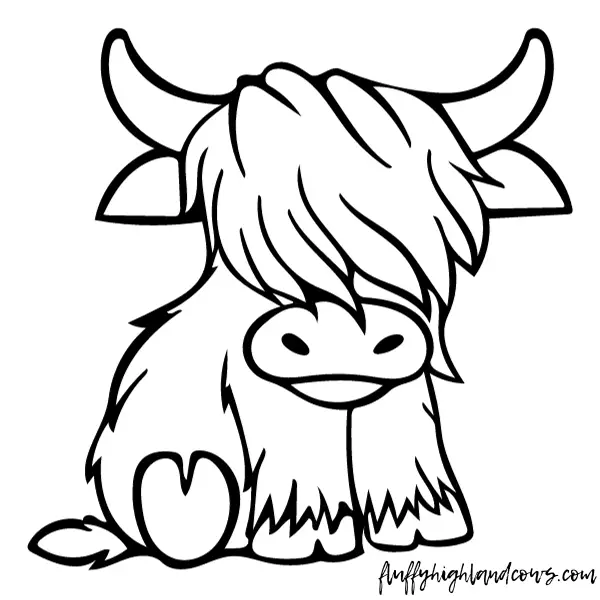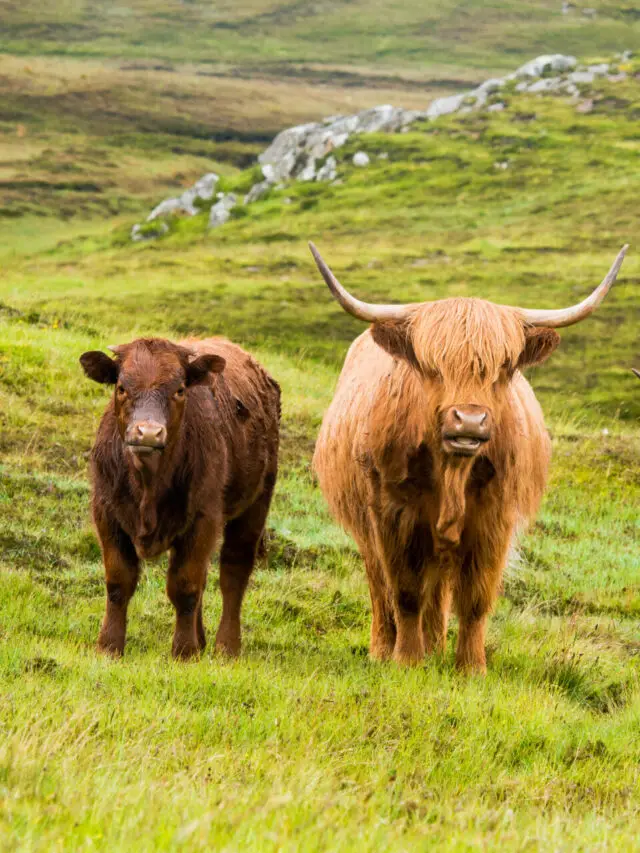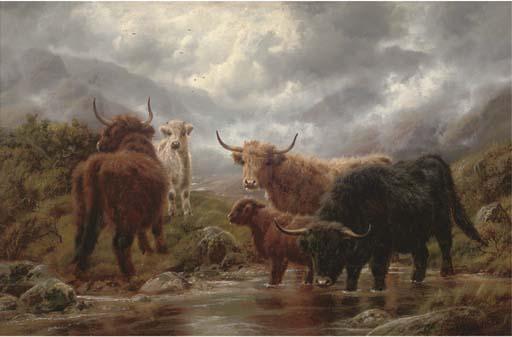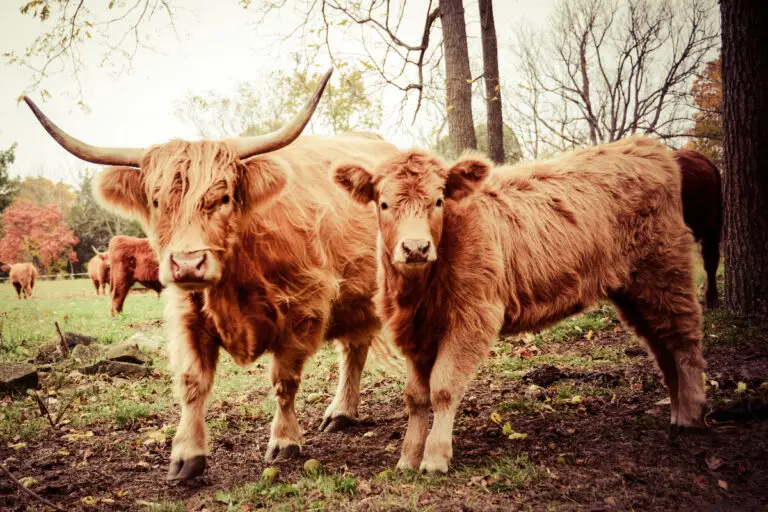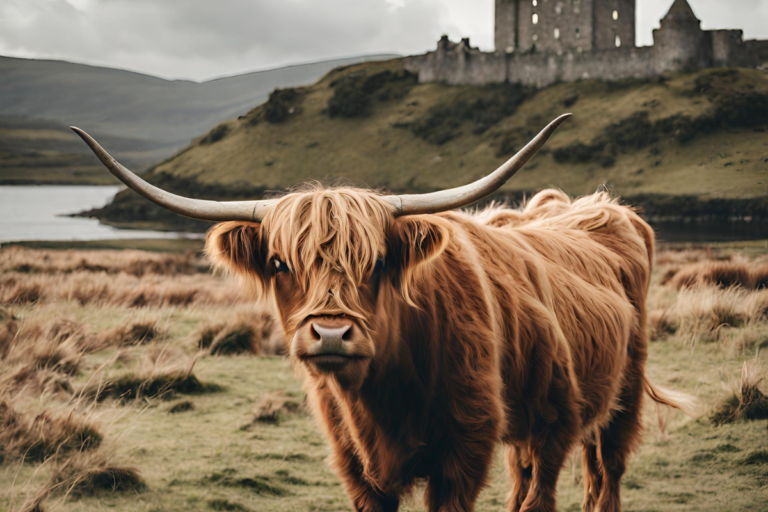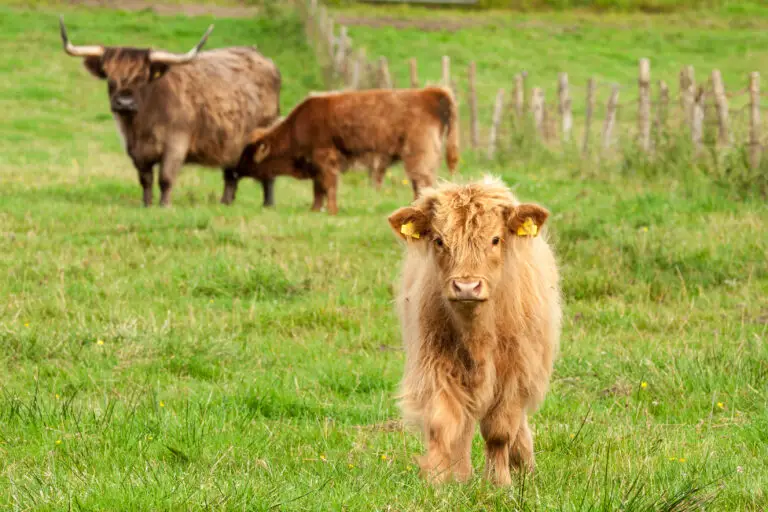Cows With Long Hair: An Insightful Overview of Highland Cattle
Cows with long hair have captivated the imagination of many due to their unique appearance and adaptability to harsh climates. These fluffy, long-haired cattle come in a variety of breeds and can be found in various parts of the world.
One of the most well-known long-haired cow breeds is the Highlander, which originates from the Scottish Highlands and the Western Islands of Scotland. With their long shaggy coat and impressive horns, Highland cattle are a hardy breed able to withstand intemperate conditions in their native region.
Interestingly, the exact origin of the Highlander breed remains uncertain, but their long, thick flowing hair and sweeping horns date back to at least 1884. These distinctive features provide them with some advantages, such as thriving in difficult climates and conditions, particularly on the Isle of Lewis in the Outer Hebrides of Scotland.
Beyond the Highlander, other long-haired cattle breeds fulfill various roles in agriculture, including milk and meat production, as well as serving as iconic, picturesque additions to certain landscapes.
Overall, long-haired cow breeds exhibit a combination of beauty, adaptability, and resilience, capturing the attention of farmers, photographers, and enthusiasts alike. As the world continues to recognize the importance of biodiversity and sustainable agriculture practices, these unique cattle breeds will undoubtedly remain a topic of interest for many people who appreciate the diversity found among various livestock species.
Overview of Long Haired Cows
Long-haired cows are a unique and interesting group of domestic cattle breeds known for their fluffy and furry coats. Highland cattle, a pedigree breed native to the Scottish Highlands, is one of the most popular and iconic examples of these weather-hardy animals. Their long hair provides an excellent layer of insulation, offering natural protection against difficult climates and extreme weather conditions.
The majestic appearance of long-haired cows is characterized by their thick, shaggy coats and long horns. The coats typically feature two layers: an outer coarser layer that can grow up to 33cm long and an inner, softer, woollier layer.
This double layer of fur ensures that the animals stay warm and dry in the harsh environments they often inhabit. Highland cattle, for example, are capable of withstanding heavy rainfall, powerful winds, and cold temperatures, making them a resilient and hardy breed.
Other long-haired cow breeds, such as the Watusi, an African breed known for its curving horns and adaptability to different environments, also exhibit these trademark fluffy coats. These cattle breeds display a range of coat colors, from the more common brown cow to black, white, or even brindle varieties.
Female cows, or “cows” as they are more commonly known, also boast these long, insulating coats. This physical trait allows them to endure harsh conditions on exposed moorland or mountainous regions, where they often play an essential role in maintaining the agricultural way of life.
In summary, long-haired cows, such as Highland cattle and Watusi, are unique and fascinating breeds that have adapted to thrive in difficult climates. Their distinct and impressive appearance, characterized by their thick, furry coats, serves as a testament to their resilience and adaptability in the face of adverse environmental conditions.
Highland Cow Breed
Origin of the Breed
The Highland Cow, also known as the Highlander, is a long-haired cattle breed native to Scotland, particularly the Scottish Highlands and the Western Islands. The exact origin of this breed remains uncertain, but it is deeply rooted in the history and culture of Scotland.
Breed Features
Highland Cows are known for their distinctive appearance, which includes a long, shaggy coat that can be of various colors, such as red, black, or white. Their most iconic feature is their sweeping horns which can be enormous and curved. Some individuals even have iron nose rings.
Highland Cows typically have a gentle temperament and are well-suited for the harsh weather conditions in the Scottish Highlands.
Breed in Different Climates
While the Highland Cow originated in the difficult climates of the Scottish Highlands and the Outer Hebrides, such as the Isle of Lewis, they have also been successfully introduced to other parts of Europe. This versatile breed can be found in the Trossachs region in West and Central Scotland, northern Germany, and even the Danish fields.
Highland Cows have successfully adapted to various environments due to their hardiness, demonstrating their incredible resilience.
Long Haired Cow Varieties
The Highland Cow is not the only long-haired cow breed. Other long-haired cow breeds include:
- Whitebred Shorthorn: A breed with a white background and a thick, fluffy coat, primarily found in the UK.
- Shetland: A small, hardy cow breed with a long coat, native to the Shetland Islands.
- Galloway: A resilient breed with a long, shaggy coat, found in black and white varieties, originating from the Galloway region of Scotland.
While each long-haired cow breed has its own unique features, the Highland Cow remains a symbol of Scotland’s rich history and rugged landscape, with its distinct appearance and incredible adaptability to different climates.
Caring for Long Haired Cows
Proper Feeding
Long-haired cows, like the Highland cattle, require a diet that is rich in nutrients to maintain their overall health and thick coats. Providing proper grazing areas, such as grassy fields, is crucial for their well-being. They enjoy grazing on fresh grass but also need a diverse diet that includes leaves and other vegetation.
It’s important to ensure that long-haired cows have access to clean water and mineral supplements to promote healthy growth and metabolism.
Veterinary Care
Regular veterinary check-ups are essential for maintaining the health of long-haired cows. A knowledgeable veterinarian can identify potential health issues and provide timely treatment to prevent complications. Long-haired cow owners should establish a close relationship with a reliable local veterinarian with experience in treating this specific breed.
In addition to regular check-ups, it is necessary to schedule periodic vaccinations, parasite control treatments, and hoof care to keep these majestic animals in top condition.
Sheltering
Providing proper shelter for long-haired cows is crucial for their well-being, especially in harsh weather conditions. A barn or shed that offers protection from the elements is an essential part of any ranch or croft. The shelter should be well-ventilated, dry, and spacious enough to accommodate the size of the long-haired cow.
It’s also important to maintain a hygienic environment by keeping the shelter clean and free of accumulated dung, which can lead to various health issues.
By effectively addressing proper feeding, veterinary care, and sheltering needs, ranchers and crofters can ensure that their long-haired cows thrive in their care.
Frequently Asked Questions About Long Haired Cattle
What breeds of cows have long hair?
There are several breeds of cows with long hair, one of the most notable being the Highland cattle from Scotland. These cows have a unique double coat, with a coarse outer layer and a softer, woolly inner layer.
Another long-haired breed is the Watusi, an African breed known for its adaptability to various environments and ability to thrive in hot temperatures.
What is the cost of long-haired cows?
The cost of long-haired cows can vary depending on factors such as breed, age, location, and the individual animal’s characteristics. It is difficult to provide an accurate estimate without considering these factors.
It is recommended to research breeders in your area and inquire about their prices, as they may also offer discounts for bulk purchases or provide additional services such as transportation.
Are there any miniature long-haired cow breeds?
While there are miniature versions of some cattle breeds, it is currently unclear if there are any specific miniature varieties of long-haired cow breeds.
You may encounter smaller individuals within long-haired breeds, as size can vary, but it might be challenging to find a breed explicitly considered miniature and long-haired.
Where can I find long-haired cow breeders?
To find long-haired cow breeders, you can start by searching online or contacting local agricultural extension offices, cattle breed associations, or livestock shows.
These sources can help you locate reputable breeders and provide advice on selecting long-haired cows that meet your needs.
What is the difference between Highland cows and other long-haired breeds?
Highland cows are distinct from other long-haired breeds due to their unique double coat, with an outer layer that can be around 33cm long and an inner layer that is shorter and softer. This special coat provides natural insulation against extreme cold, heavy rainfall, and strong winds.
Additionally, Highland cows are native to Scotland, while other long-haired breeds, such as Watusi, originate from different regions like Africa. Each long-haired breed may have unique traits and adaptations depending on their origin and environment.
Fun Facts About Long Haired Cows
Here are five fun facts for kids about long-haired cows, which are often known as Highland cattle:
Shaggy Coats
Highland cattle are famous for their long, shaggy coats. These thick coats help them stay warm in cold and rainy weather, making them well-suited for the chilly climate of their native Scotland.
Horns Galore
Most Highland cattle have large, impressive horns. Both males (bulls) and females (cows) have horns, and they use them for self-defense and to establish dominance within the herd.
Hardy and Healthy
These cows are incredibly hardy and can thrive in some tough conditions. They are excellent grazers and can find food even in areas where other cattle might struggle.
Heritage Breeds
Highland cattle are considered a heritage breed, which means they’ve been around for a very long time. They have ancient origins and are part of Scotland’s rich farming history.
Friendly Personalities
While their imposing appearance might make them seem a bit intimidating, Highland cattle are known for their gentle and friendly dispositions. They can even become quite tame with regular human interaction.
So, the next time you come across long-haired cows, you’ll know a little bit more about these fascinating creatures!
